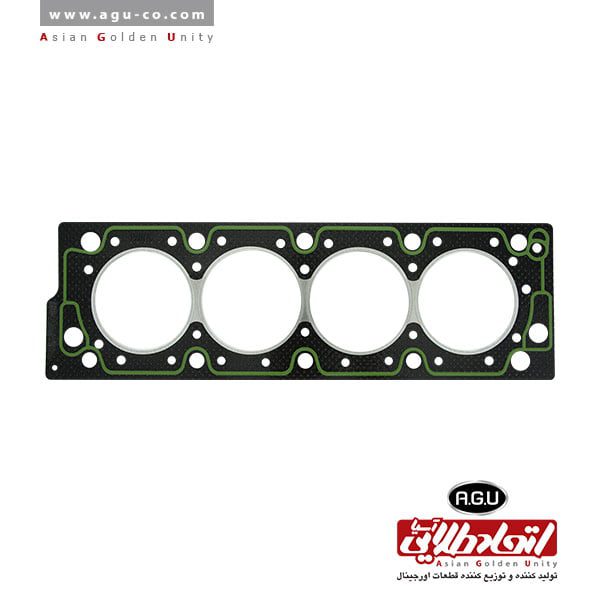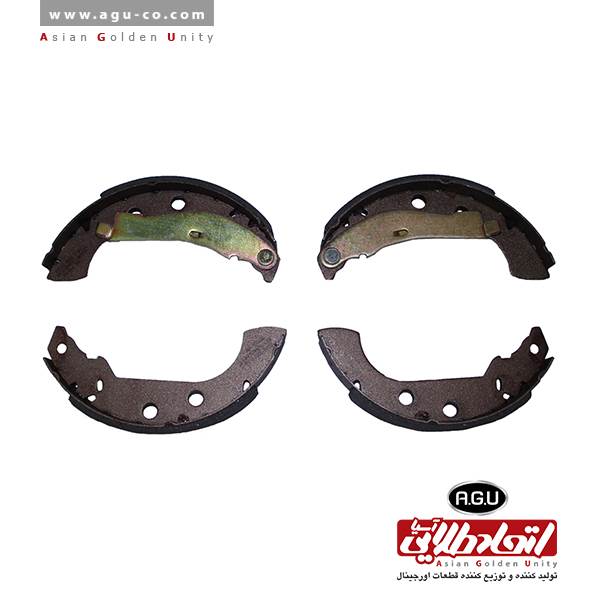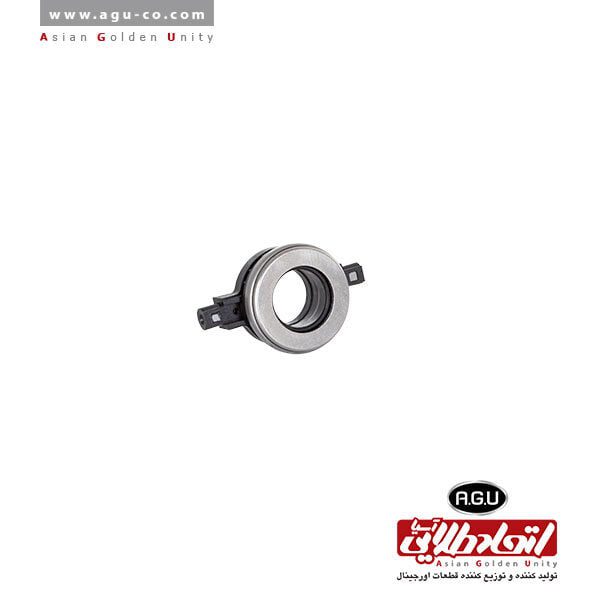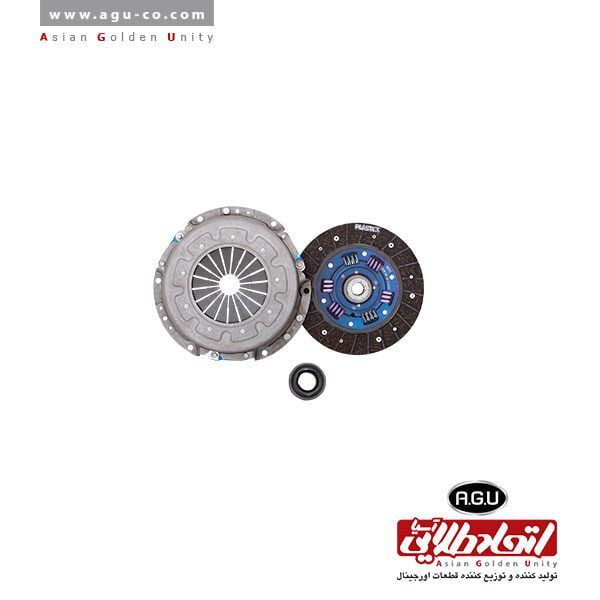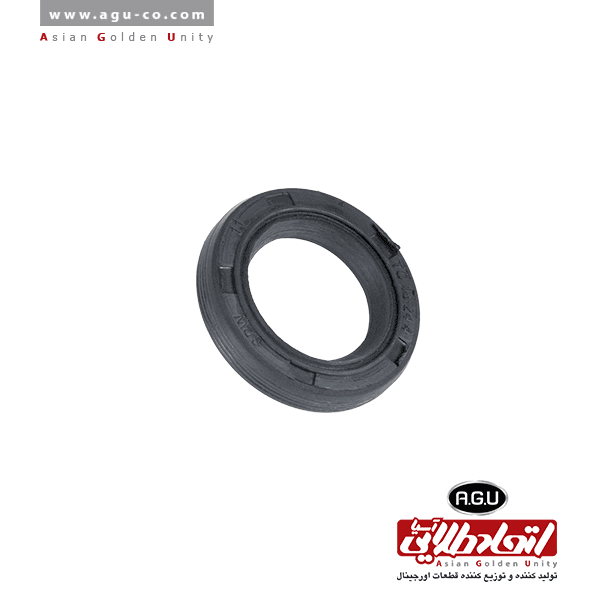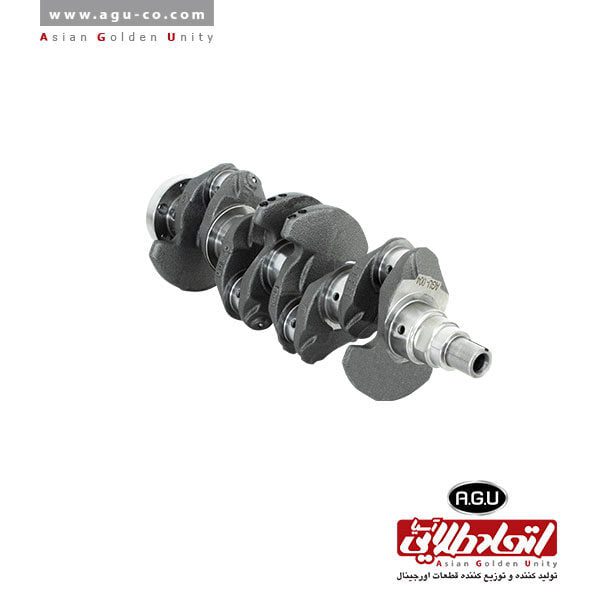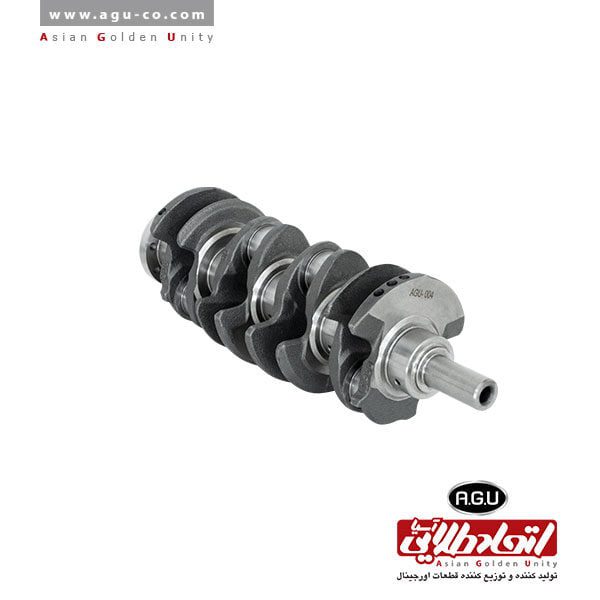405 standard cylinder head gasket – PREMUM
Quantity per carton: 50
The upper part of the engine block consists of the cylinder head, which, in addition to electrical and mechanical components, includes valves and related components, camshaft, and spark plugs. It also contains water channels for cooling the engine and oil passages from the oil chamber to the moving parts in the cylinder head. To prevent oil, water, and combustion gases from leaking where the cylinder head connects to the cylinder block, a cylinder head gasket is used. In addition to sealing, the cylinder head gasket also absorbs impacts and prevents the parts from welding together due to excessive heat.
Types of Cylinder Head Gaskets:
Asbestos – Copper
Asbestos – Steel
Copper
Elastomeric
Multi-layer Steel
Composite
It should be noted that the first two types (Asbestos – Copper and Asbestos – Steel) are no longer used today.
The cylinder head gaskets from Golden Asia Union are made of metal and heat-resistant composite materials, offering very high heat resistance.
Reasons for Cylinder Head Gasket Failure:
The reasons for failure of this part fall into two categories:
1- Excessive Age and Wear
Frequent heating and cooling, water deposits, and the effects of combustion gases over several years of engine operation cause wear on this part, ultimately rendering it ineffective. Therefore, the end of the part’s useful life is the primary cause of its failure.
2- Increased Engine Temperature
Excessive engine temperature beyond standard levels due to faults or malfunctions in engine cooling system components like the thermostat, radiator, etc., can cause this part to fail.
Symptoms of Cylinder Head Gasket Failure:
1- Decreased Coolant Level
Frequent reduction in radiator water is one of the signs of gasket failure. As the gasket wears out, its sealing ability is lost, allowing water to enter the chamber and evaporate.
2- Reduced Engine Power
If the engine power decreases compared to before, it may be due to the gasket allowing compression leaks. As pistons move upward to compress the air-fuel mixture, the damaged gasket allows the mixture to leak into the water passages or escape from the cylinder block, resulting in a loss of engine power.
3- Oil Layer in Radiator
Seeing a layer of oil when opening the radiator cap (make sure the engine is cold when opening the cap) is another sign of gasket failure.
4- White Smoke from Exhaust
When water enters the cylinder chamber, it evaporates, leading to white smoke from the exhaust, indicating gasket failure.
5- Change in Oil Color
When checking the oil gauge, if the oil color changes to brown or milky, it indicates gasket failure and water entering the oil passages.
The cylinder head gasket is a crucial and sensitive part. It must be replaced when faulty. High quality is essential due to its important role. In this regard, Golden Asia Union, leveraging its extensive experience, supplies high-quality parts and spare parts for domestic vehicles to all parts of the country.
| vehicle |
|---|

